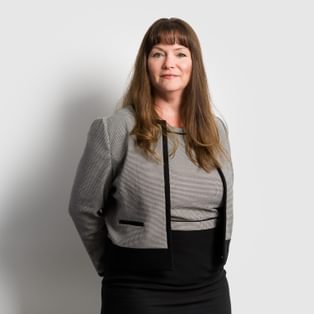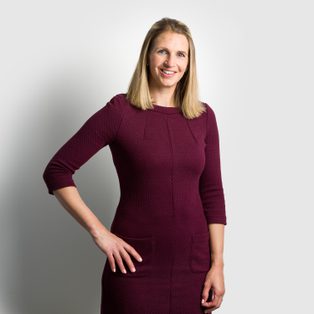As we slowly contemplate a return to “normal” life following the disruption caused by the Government’s response to Covid-19, office-based employers are trying to figure out what that return looks like for their businesses.
There is a real difference of opinion, both between sectors and in-sector, with some firms advocating that everyone should immediately return to the office five days a week (“the old normal”), others allowing their staff a “free for all” on when they come in and how they work, but most opting for a “hybrid” approach, something that was already on the ascendance before the pandemic. For example:
- Google has stated that its employees will be expected to be in the office for at least three days a week;
- Goldman Sachs’ chief executive, David Solomon, has described working from home as an “aberration” that must be rectified “as soon as possible”; and
- Microsoft’s position is that it will allow employees to work remotely less than 50% of the time, but employees can also request approval to work remotely full time or to move to a new location.
The challenge for any business allowing remote working, whether total or “hybrid”, is to ensure that the employee who wants to take up this option (or, indeed, a firm that wants to positively encourage such an option to reduce its overheads) has a suitable environment in which to work. The Covid-19 situation forced many to work from home whether or not they had the right set-up: all that was needed was an internet connection! But clearly, that is not sustainable for a number of reasons:
- Duty of care to employees to ensure their workstation set-up is appropriate and not causing harm.
- Ensuring there is adequate security for any physical documentation located with the employee.
- Helping to replicate the office type of environment to ensure productivity is maintained.
- Making sure that phone and video calls cannot be overheard.
- Presenting a professional image to clients/contacts on video calls.
- Helping employees maintain a healthy work-life balance and “split” between the two.
There are a number of ways that this can be achieved, dependent on the employer’s stance and the circumstances of the employee.
One way could be to give each employee a grant to purchase office equipment, but this does not deal with those who do not have a dedicated space (or the desire to create one) in their own home. It also does not address security/confidentiality concerns.
Another alternative would be to encourage employees to use a local serviced office solution; this might allow several employees to work together in one location. Again, though, there are issues with security/confidentiality.
Some people have already chosen to build their own office in the garden, which deals with many of the issues outlined above. However, it can be costly and does not necessarily meet the standards required of a professional work environment. However, companies such as MHOR Homeworking are developing a bespoke modular home office product that can be leased by the employer and employee and installed almost anywhere.
Alex Duckett, CEO of Mhor said: "As flexible working models become the norm it's clear that a more appropriate solution is required. Our vision at Mhor is to give customers their best day at work, at home. We have analysed the significant difficulties with working from home for both the employer and employee, such as employee well-being, data protection, governance and the physical environment.
“Our workspaces are designed to provide a dedicated workspace that creates the optimal environment for productivity. Mhor modular offices are intended to be offered as an employee benefit and can be installed in three hours.”
Clearly, this concept does still require suitable outside space, though.
Our clients in the serviced office sector, whilst seeing some (not unexpected) decline in occupancy as a result of Covid-19, are confident of an increase in demand once restrictions on travel/social distancing etc. are removed and indeed are planning expansion and new business models to respond to the same. Our corporate occupier clients are, conversely, looking at greater flexibility in their space, whether that is break options, ability to sublet part, separate leases of different floors or options to take additional space/extend the lease term.
Overall, I think it can be seen that there is no “one size fits all” approach and that a number of solutions will likely be needed, and we would be happy to discuss your options to find the best solution for you.




















































































